You’ve picked up a spinning reel, but now what? Are the little numbers and diagrams you see on the side really supposed to tell you how to put a line on a spinning reel? Thankfully, we’re here with some sage advice to help take your angling experience from boresome to boisterous! Let’s get started – here’s your guide for understanding how to do this whole process successfully.
To put a line on a spinning reel, follow these steps: First, open the bail by flipping it up. Attach the line to the reel spool using an arbor knot. Start winding the line onto the spool, ensuring it goes on evenly and under slight tension. Fill the spool within 1/8 inch of the rim, leaving enough room for the line to expand when wet. Close the bail and gently tug the line to ensure it’s securely in place. Trim any excess line, and you’re ready to go!
What Is a Spinning Reel?
A spinning reel is a type of fishing reel that is commonly used by anglers worldwide. It is designed with a fixed spool that allows the fishing line to unravel freely during casting. The spool remains stationary during the cast, and as the line is released, it unspools from the spool in a controlled manner.
Spinning reels are versatile and easy to use, making them popular among beginners and experienced anglers alike. They are particularly well-suited for casting light lures and baits and offer good line control and casting distance.
What Are the Benefits of Using the Right Reel While Fishing?
Before actually getting to how to put a fishing line on a spinning reel, let’s first check whether there are any positive sides to having the right one. In fact, using the right one offers several benefits that can enhance the entire experience. Here are some of the key advantages:
- Improved casting – Different reels, such as spinning, baitcasting, and fly ones, are designed for specific fishing techniques and can provide better control and precision during casting.
- Line management – A suitable reel helps in managing your fishing line effectively. It ensures proper line retrieval, reduces line twists and tangles, and allows for smooth and controlled line release during casting and reeling in.
- Enhanced drag system – Quality reels come with advanced drag systems that provide consistent and reliable resistance when fighting fish. This feature is crucial for controlling the line tension and preventing line breakage when battling strong or fast-swimming fish.
- Durability and reliability – Investing in a high-quality reel designed for your target species and conditions ensures durability and long-term performance. Properly maintained ones can withstand the rigors of fishing, handle heavy loads, and resist corrosion, providing you with a reliable tool on the water.
- Specialized features – Different reels offer unique features tailored to specific fishing techniques. For example, baitcasting ones provide precise lure control, while fly reels offer precise drag adjustments for fighting powerful fish. Choosing the right reel allows you to take advantage of these specialized features and optimize your fishing approach.
Ultimately, using the right reel enhances your fishing efficiency, improves your chances of landing fish successfully, and adds to the overall enjoyment of your fishing adventures.

Don’t Start Without Gathering the Required Equipment
Picture this: you’re standing on the edge of a tranquil lake, surrounded by the breathtaking beauty of nature. The anticipation of a successful fishing trip fills the air. But wait! Before you cast your line and delve into the thrill of the catch, there’s a crucial step you must not overlook – gathering the required equipment. Here’s what you need.
Spinning Reel
A spinning reel is a marvel of engineering that adds finesse and versatility to your fishing endeavors. Here’s a table of the types of reels I use for different types of fishing.
| Fishing Style | Recommended Spinning Reel |
|---|---|
| Freshwater Bass | SHIMANO Miravel |
| Trout Fishing | Pflueger Supreme |
| Saltwater Surf | KastKing Kapstan Elite |
| Inshore Fishing | Daiwa BG MQ |
| Salmon Fishing | Abu Garcia Revo SX |
Fishing Line
The fishing line serves as the vital connection between you and your potential catch. It is the lifeline that links your rod and reel to the bait or lures in the water. Choosing the right fishing line depends on your fishing style, target species, and fishing conditions.
Line Clip or Pencil
When it comes to ensuring consistency in casting distance, a line clip or pencil can be a handy tool. A line clip is a small device attached to the fishing rod that allows you to clip the line at a specific point. By consistently casting to the same clipped position, you can achieve greater accuracy and precision in your casts.
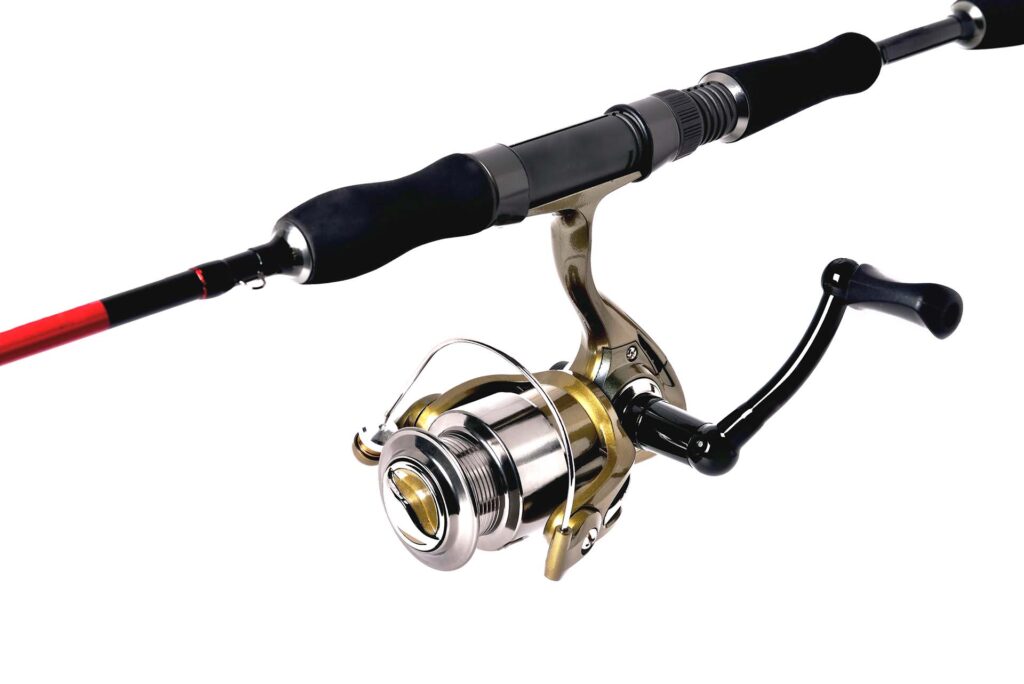
Select the Right Fishing Line
A fishing line comes in various materials with unique properties and strengths. But this doesn’t mean that all line types will suit your style of fishing. This being said, let’s check how to accurately choose the most suitable line.
Understand Line Types – Monofilament, Fluorocarbon, Braided
Each line type has its advantages and is suited to specific fishing scenarios. Consider factors such as the fishing environment, target species, desired sensitivity, and casting distance when choosing the right line for your spinning reel. Here’s a table of line brands I use and a bit of information I think you’ll find useful.
| Line Type | Characteristics | Best Use Cases |
|---|---|---|
| Monofilament Berkley Trilene XL line | Versatile and affordable, good knot strength, stretchy, providing forgiveness | General freshwater fishing, casting with live bait or artificial lures |
| Fluorocarbon KastKing line | Nearly invisible underwater, abrasion-resistant, sinks quickly, ideal for deeper presentations | Clear water conditions, spooky or line-shy fish, bottom fishing or finesse techniques |
| Braided KastKing SuperPower line | High strength and thin diameter, no stretch, excellent sensitivity, durable, resisting abrasion and UV rays, excellent casting distance and control | Heavy cover or thick vegetation, big game fishing or targeting trophy fish, fishing in deep waters or strong currents |
Which Actors to Consider When Picking the Reel
There are several factors to consider that will greatly influence your choice. These include:
- Fishing conditions – Consider whether you’ll be fishing in freshwater or saltwater, as this will impact the durability and resistance to corrosion,
- Target species – Different species vary in size, strength, and behavior, which affects the required power and line capacity,
- Reel specifications – Consider factors such as the gear ratio, which determines the speed at which the line is retrieved. Also, check the drag system, which provides resistance when fighting fish.
Once you understand these factors, you’ll be able to figure out how much line to put on a spinning reel too. After all, it’s important to strike a balance between having enough line for your needs and avoiding overfilling the spool.
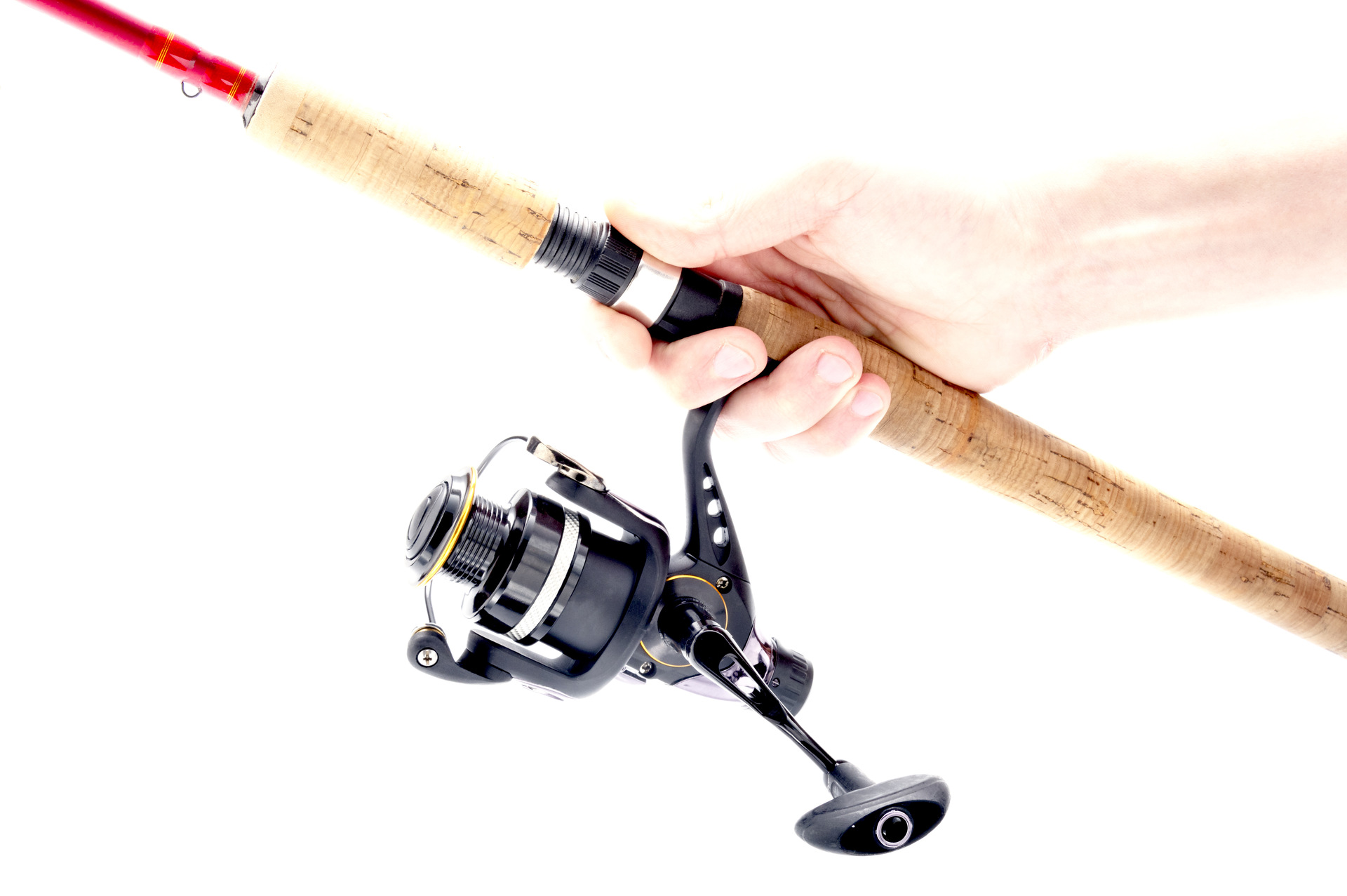
Prepare the Reel and Cast the Line Without Any Worry in Mind
Before you embark on your fishing adventure, it’s crucial to know how to put a new line on a spinning reel. And the first step is to prepare your spinning reel properly. Here are the key steps:
- Check the reel for any existing line or debris – Remove any tangled or worn-out line, as it can affect your casting and performance. Clean the surface using a soft cloth to remove dirt or grime, ensuring smooth operation.
- Attach the reel to a fishing rod – Select a compatible fishing rod that matches the specifications of your spinning reel. Most spinning reels have a seat on the rod handle, specifically designed to secure it. Align the reel foot with the seat and slide it into place. Tighten the seat by turning the locking mechanism or fastening the screws, ensuring a secure and snug fit.
- Familiarize yourself with the reel’s components – These typically include the bail, spool, handle, drag adjustment knob, line roller, and drag system. Understand how each component functions and how they interact with one another. This knowledge will prove valuable in operating the reel effectively and troubleshooting any issues that may arise during fishing.
By following these steps, you can cast your line with confidence. Enjoy the peaceful serenity of fishing, knowing that your equipment is ready for action.
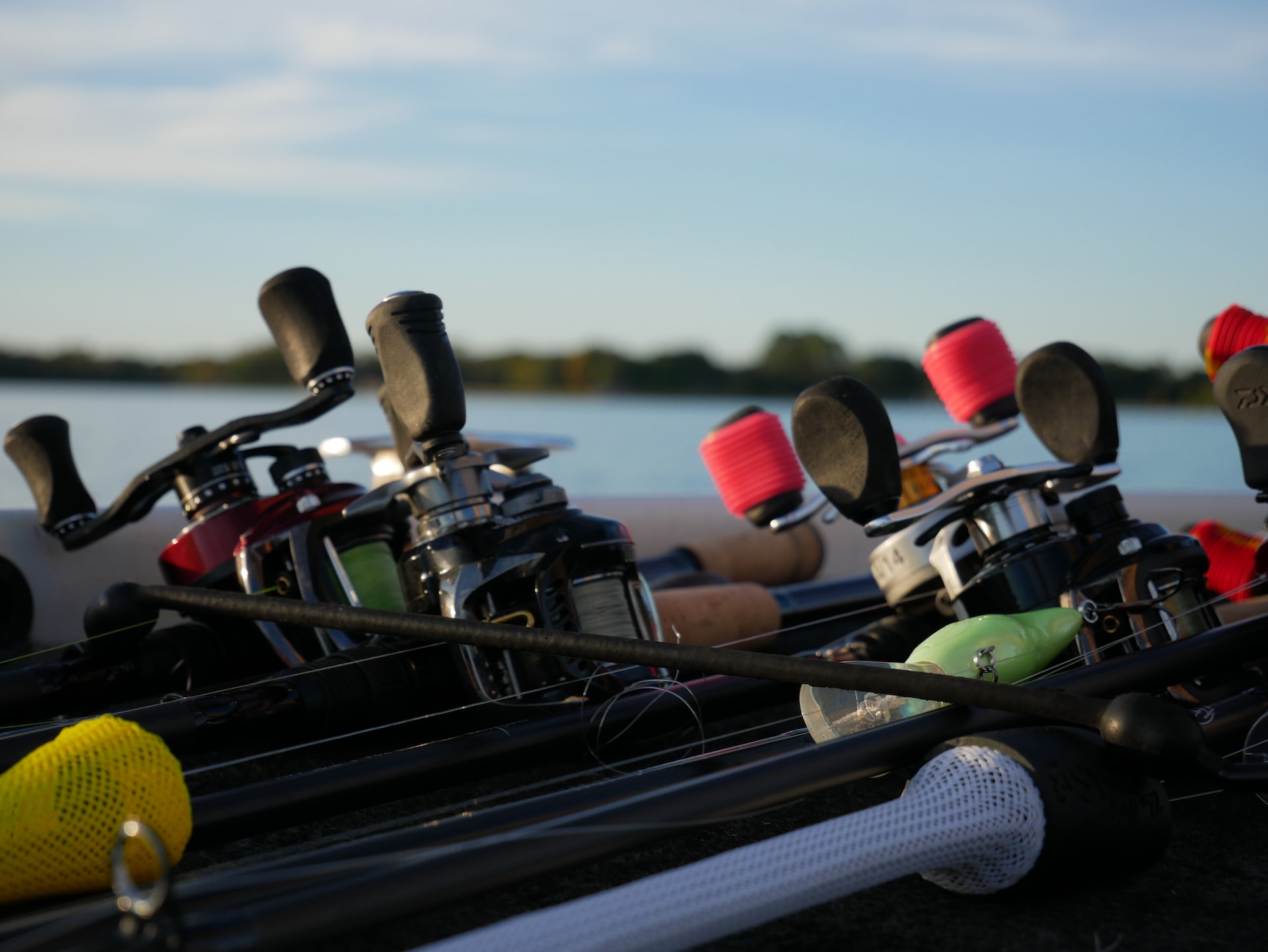
Spool the Line and Ensure Your Reel Is Ready for Action on the Water
As you probably already know, paying attention to line tension and even spooling is a must for properly loading your spinning reel with a fishing line. But how to do it in the best possible way? Here’s a guide on how to do it:
Open the Bail Arm and Attaching the Line
Begin by flipping up the bail arm, which is the wire-like component that guides the line onto the spool. Take the end of your fishing line and thread it through the line guides on the fishing rod, starting from the bottom guide and progressing toward the tip. Then, pass the line through the bail arm, ensuring it is positioned above the line roller.
Securing the Line to the Spool
Tie an arbor knot or another suitable knot to secure the fishing line to the spool. Pull the knot tight to ensure a secure connection between the line and the spool.
Closing the Bail Arm and Applying Tension
Flip the bail arm back down to its closed position. Apply gentle tension to the line with your finger or with the help of a pencil or line tensioner.
Winding the Line Onto the Spool
Start turning the reel handle steadily to wind the line onto the spool. Maintain consistent tension on the line as it spools to prevent it from becoming loose or tangled.
Monitoring Line Tension and Spooling Evenly
Throughout the spooling process, periodically check the line tension and adjust it as needed. Too loose or too tight tension can result in line management problems during casting.
Check Line Capacity and Fill Level for Striking the Right Balance
Checking the line capacity and fill level of your reel is essential for optimal performance on the water. Each one has a recommended line capacity specified by the manufacturer. Exceeding this capacity can lead to line management issues and potential damage.
On the other hand, underfilling the spool may limit casting distance and compromise line control. To ensure proper line capacity, consult the reel’s specifications or user manual. When spooling the line, aim to fill the spool to a level that leaves approximately 1/8 inch of space below the spool’s rim. This allows for line expansion when wet and helps prevent overfilling.

There Are Some Maintenance Tips You Should Definitely Consider
To keep your fishing reel in top shape and ensure optimal performance, there are several maintenance tips you should consider. Don’t neglect it, and regularly inspect the fishing line for signs of wear and tear, such as fraying or weak spots. So, while still in an inspecting mood, take some time to clean the reel to remove dirt, sand, and debris that can hinder its operation.
Don’t worry, you can use a soft cloth or brush to gently wipe down the reel, and a mild soap solution can be used for more thorough cleaning. Lastly, re-spooling the line as needed is crucial for maintaining optimal performance. Over time, the line can become worn, lose its sensitivity, or become tangled.
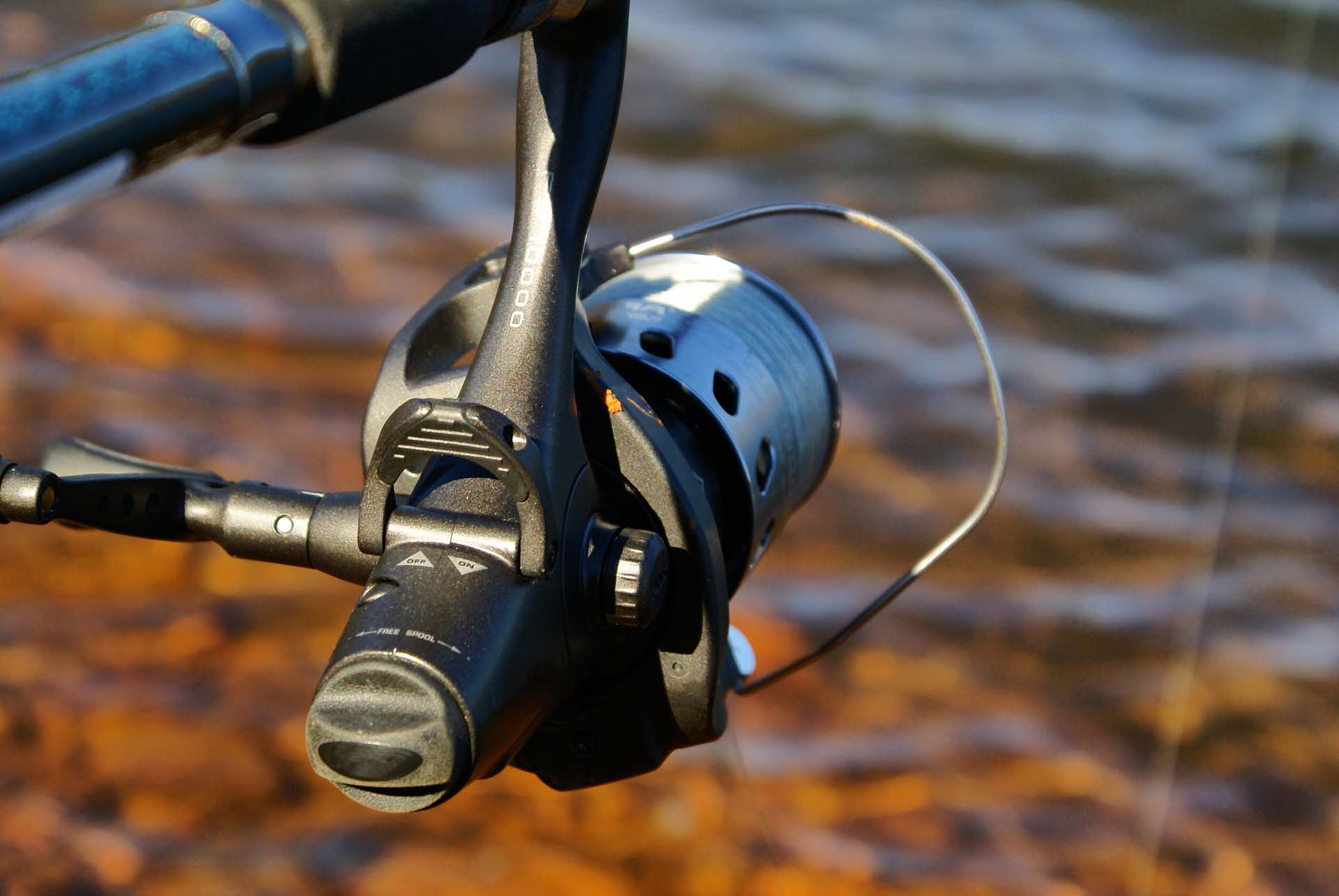
Learn How to Put Line on a Spinning Reel and Enjoy Your Fishing Experience
Fishing can be a great time if you get to the basics first and do a little research before you get started. So grab your spinning reel, get a line on it, and let’s go fishing! Maybe you’ll even impress the fish with your newly acquired skill. And even if things don’t work out as planned, at least you had some fun in the sun!
So don’t worry about getting things “just perfect” – just enjoy your day out on the lake, reel in some big ones, and have a great fishing experience. Remember that with a few pointers and practice, anyone can master their spinning reels and catch that fish of their dreams!
More To Explore
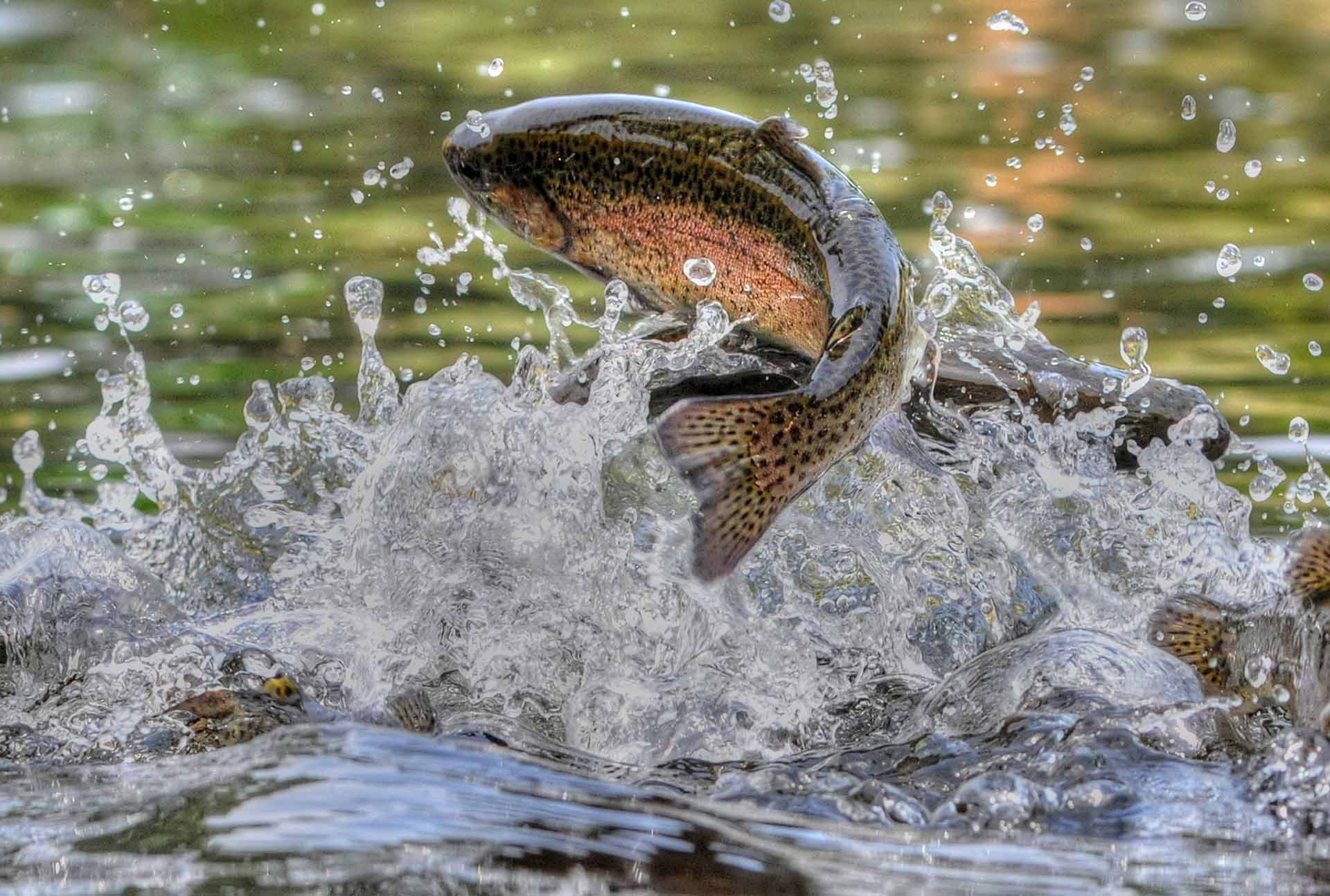
When Is Trout Season? Your Essential Guide to Timing the Perfect Catch
Maya Brown / April 25,2024
Read More »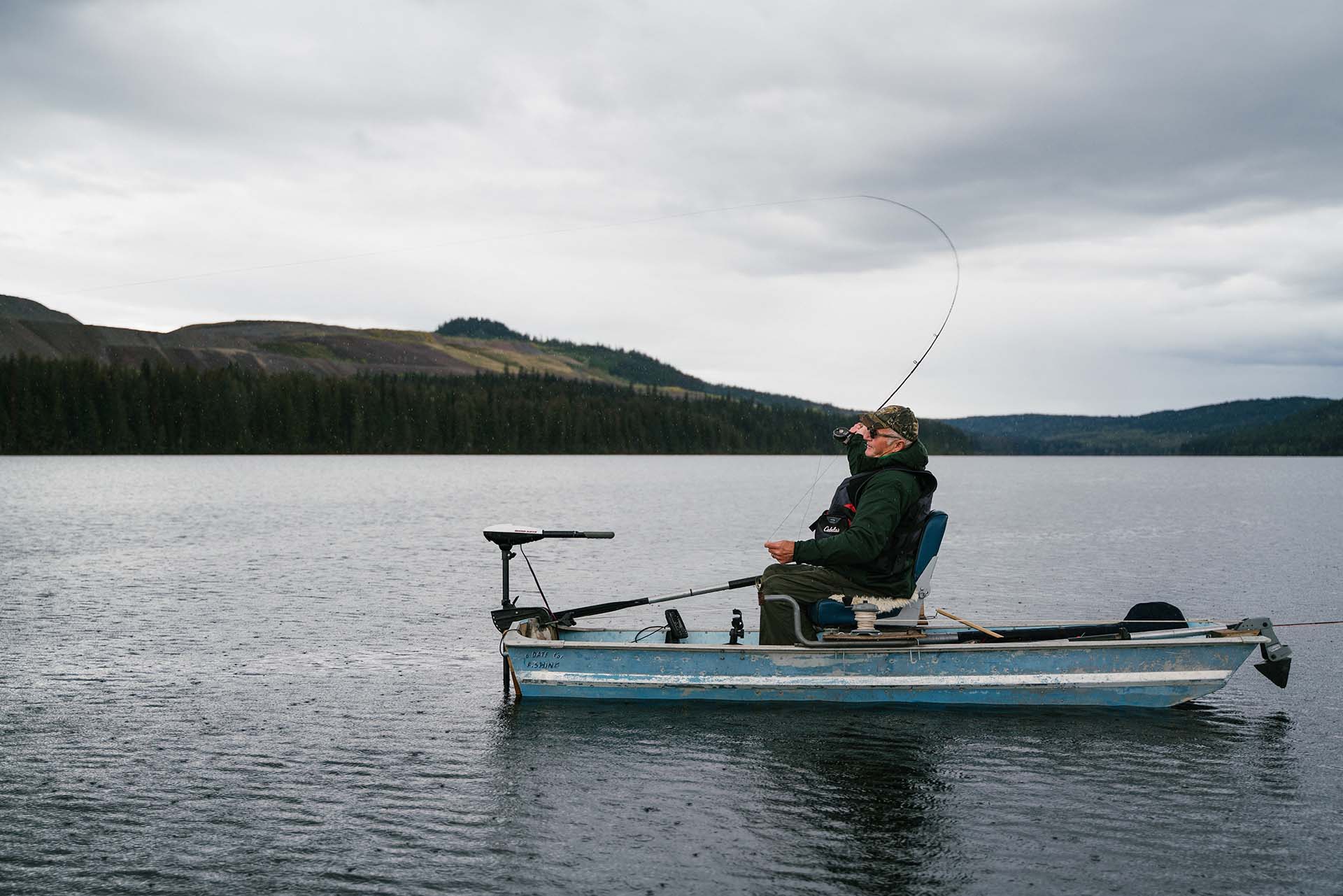
Best Fishing Boats for Small Lakes – Top Picks for Every Angler
Maya Brown / April 22,2024
Read More »





